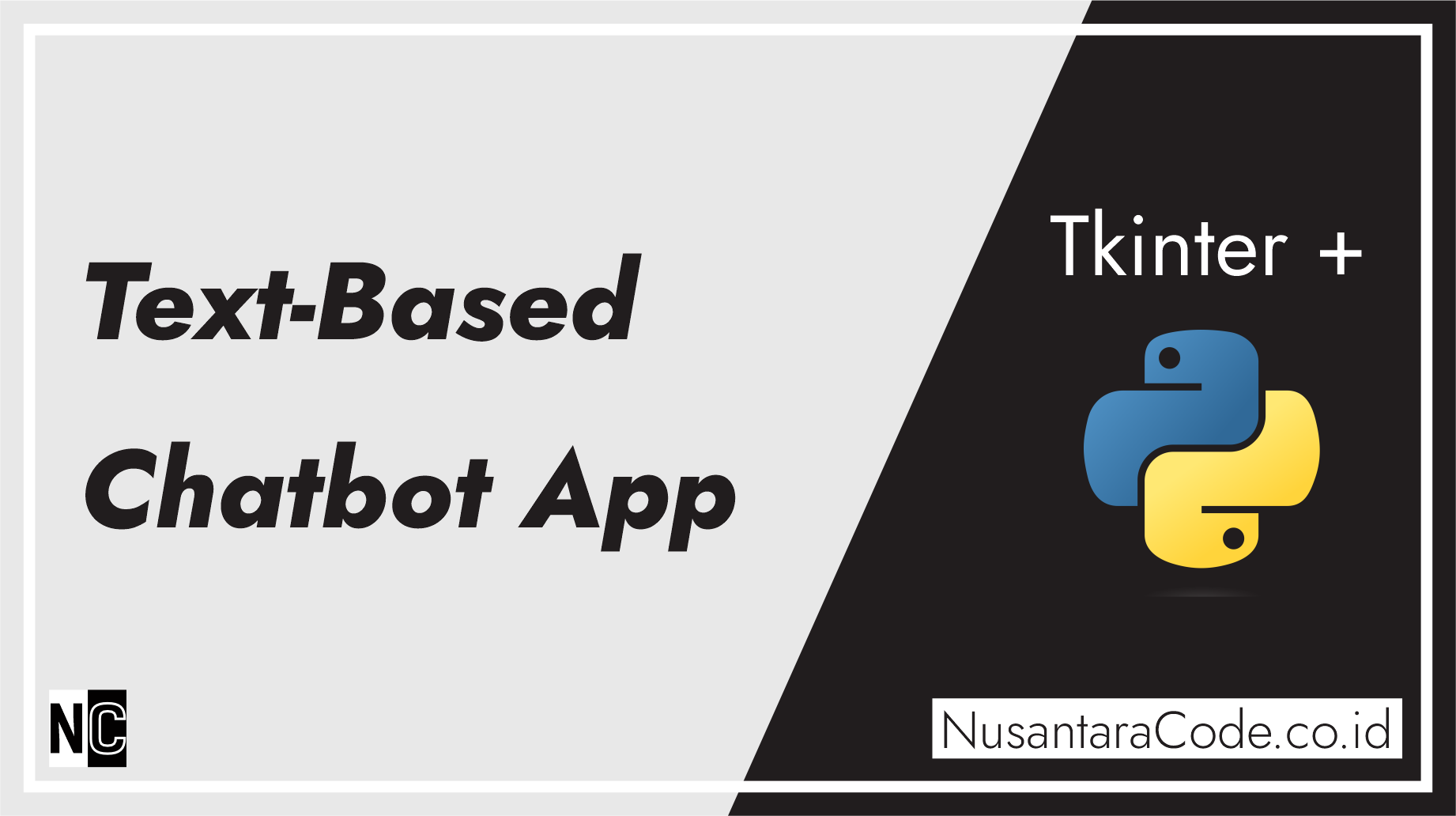Creating a text-based chatbot application in Python using Tkinter can be a fun and educational project. In this article, we’ll walk you through the process of building a basic text-based chatbot that responds to user input with pre-defined responses. With Tkinter’s graphical user interface (GUI) elements, you can make the chatbot more interactive and visually appealing.
Prerequisites:
- Python: Make sure you have Python installed on your system. You can download it from the official website (https://www.python.org/downloads/).
- Tkinter: Tkinter is included with most Python installations, so you don’t need to install it separately.
Building the Text-Based Chatbot App:
Step 1: Import Necessary Modules
Start by importing the required modules for creating the Tkinter app:
import tkinter as tk
from tkinter import Scrollbar, Entry, Button, TextStep 2: Create the Tkinter Window
Create the main Tkinter window and set its title:
root = tk.Tk()
root.title("Text-Based Chatbot")
root.geometry("400x400")Step 3: Create the Chat Display Area
Add a Text widget to display the chat conversation, and a Scrollbar for scrolling:
chat_display = Text(root, wrap="word", width=40, height=10)
chat_display.pack(padx=10, pady=10)
scrollbar = Scrollbar(root)
scrollbar.pack(side="right", fill="y")
chat_display.config(yscrollcommand=scrollbar.set)
scrollbar.config(command=chat_display.yview)Step 4: Create the User Input Field
Add an Entry widget for the user to type messages:
user_input = Entry(root, width=40)
user_input.pack(pady=10)Step 5: Define the Chatbot Function
Define a function that processes user input and generates responses:
def chatbot_response():
user_message = user_input.get()
user_input.delete(0, "end")
# Replace this with your chatbot's logic
response = "Chatbot: Hello! You said: " + user_message
chat_display.insert("end", "You: " + user_message + "\n")
chat_display.insert("end", response + "\n")
chat_display.see("end")Step 6: Create the Send Button
Add a button to send user messages and trigger the chatbot’s response:
send_button = Button(root, text="Send", command=chatbot_response)
send_button.pack()Step 7: Running the Tkinter Application
To run the Tkinter application, add the following code:
root.mainloop()Step 8: Customize the Chatbot Logic
In the chatbot_response function, replace the response generation logic with your own. You can use conditional statements, external APIs, or natural language processing libraries to make the chatbot respond intelligently to user input.
Customize the responses to create a more engaging conversation.
You’ve created a simple text-based chatbot app in Python using Tkinter. While this example provides a basic foundation, you can expand upon it by implementing more sophisticated chatbot logic and improving the user interface. With the addition of natural language processing libraries, you can create a chatbot that can hold meaningful conversations and respond to user queries effectively. This project is a great starting point for developing interactive applications with Python and Tkinter.
